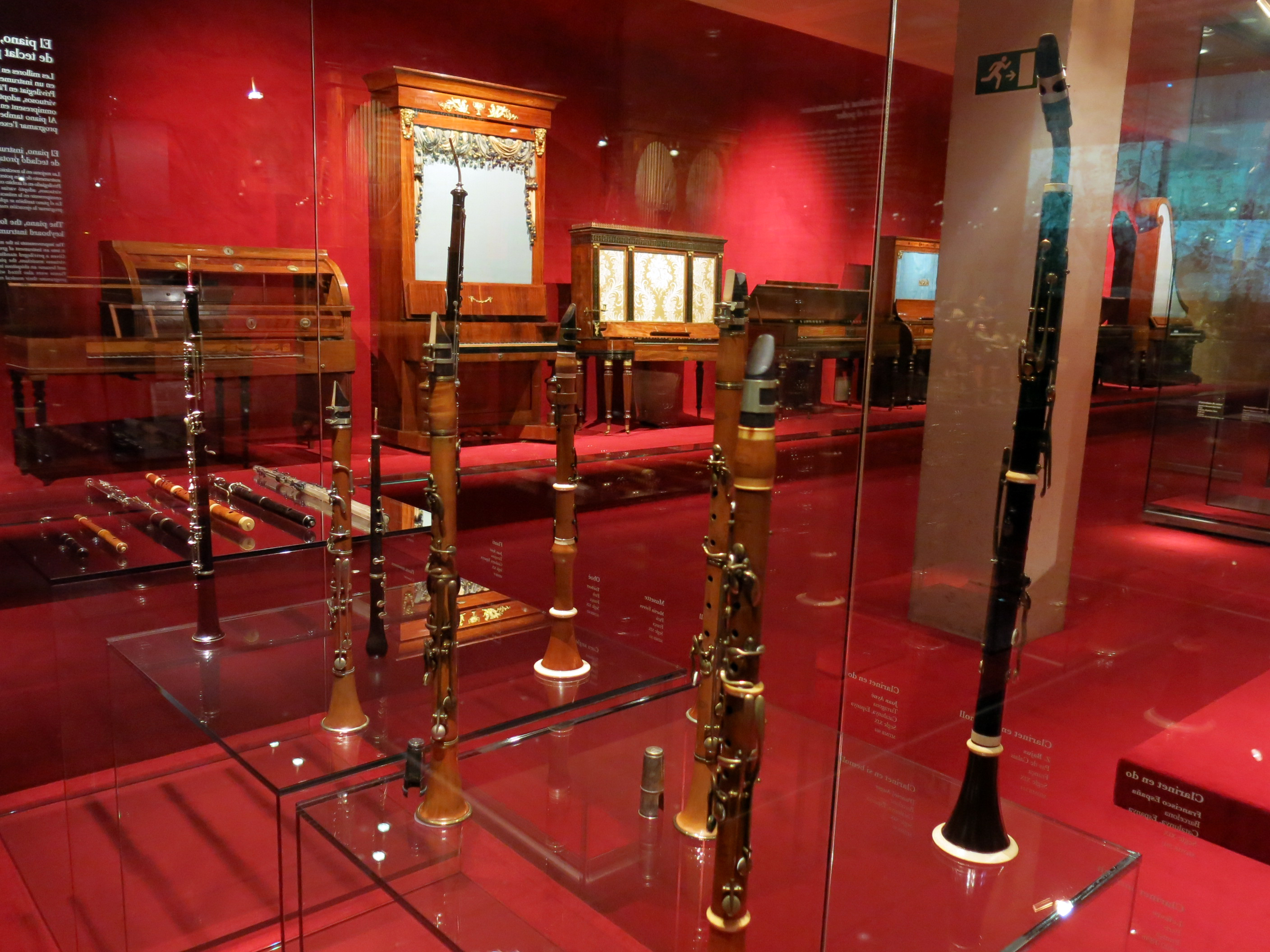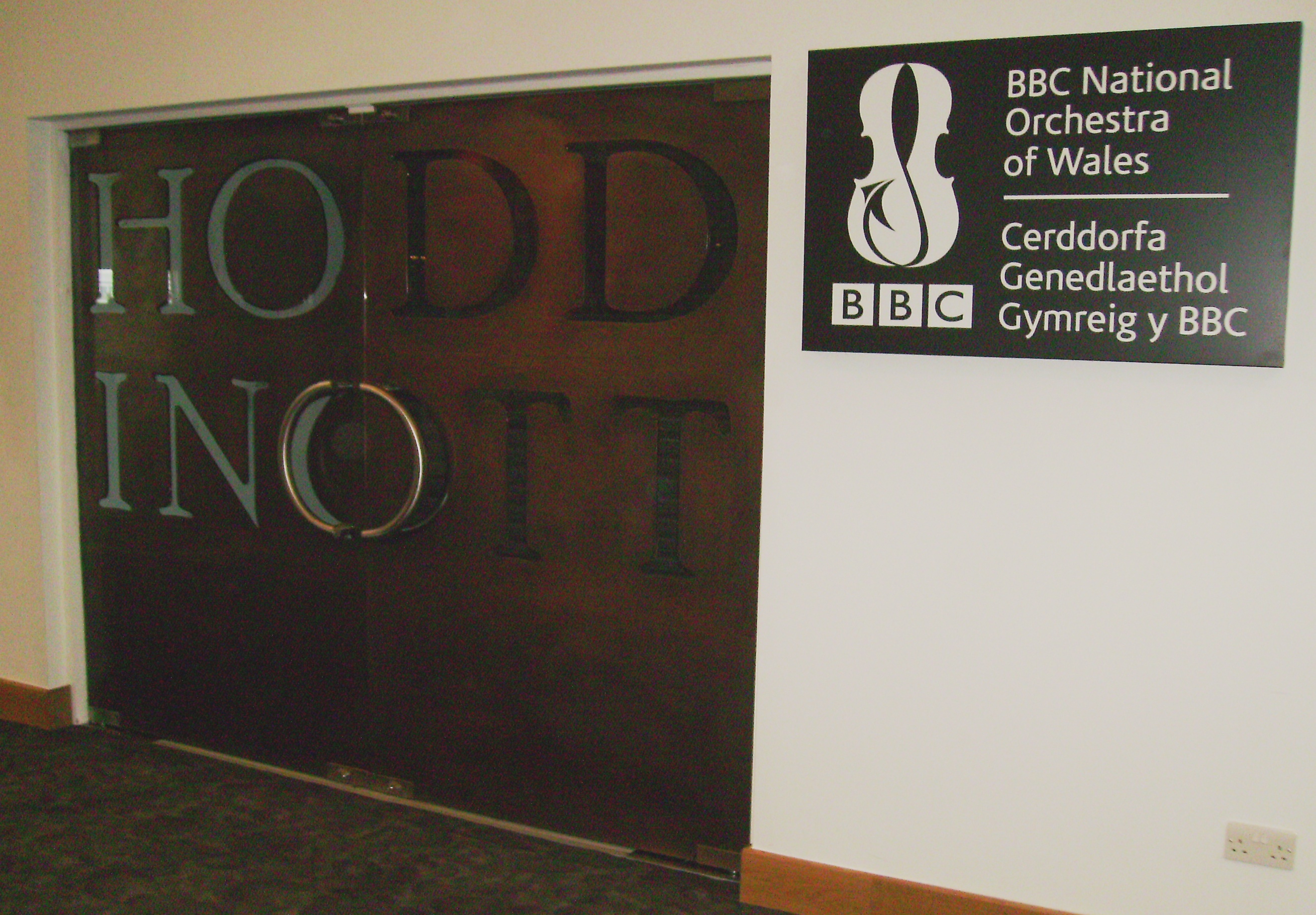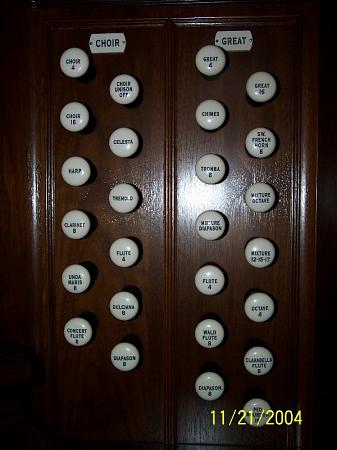|
Symphony No. 7 (Schnittke)
Russian composer Alfred Schnittke's Symphony No. 7 was composed in 1993. It is dedicated to conductor Kurt Masur who gave its world premiere performance in New York with the New York Philharmonic Orchestra on 10 February 1994. The symphony is scored for an orchestra of: 3 flutes (no. 2 doubling alto flute, no. 3 doubling piccolo), 3 oboes (no. 3 doubling cor anglais), 3 clarinets (no. 2 doubling bass clarinet, no. 3 doubling clarinet in E), 3 bassoons (no. 3 doubling contrabassoon), 4 horns, 3 trumpets, 3 trombones, tuba, timpani, percussion (2 players), harp, celesta, harpsichord, piano, and strings. The movements are as follows: # Andante – ''attacca'' – # Largo #Allegro The playing time is approximately 23 minutes. The symphony opens with an extended (42 bar Bar or BAR may refer to: Food and drink * Bar (establishment), selling alcoholic beverages * Candy bar * Chocolate bar Science and technology * Bar (river morphology), a deposit of sediment * Bar ... [...More Info...] [...Related Items...] OR: [Wikipedia] [Google] [Baidu] |
Alfred Schnittke
Alfred Garrievich Schnittke (russian: Альфре́д Га́рриевич Шни́тке, link=no, Alfred Garriyevich Shnitke; 24 November 1934 – 3 August 1998) was a Russian composer of Jewish-German descent. Among the most performed and recorded composers of late 20th-century classical music, he is described by musicologist Ivan Moody as a "composer who was concerned in his music to depict the moral and spiritual struggles of contemporary man in ..depth and detail." Schnittke's early music shows the strong influence of Dmitri Shostakovich. He developed a polystylistic technique in works such as the epic Symphony No. 1 (1969–1972) and his first concerto grosso (1977). In the 1980s, Schnittke's music began to become more widely known abroad with the publication of his second (1980) and third (1983) string quartets and the String Trio (1985); the ballet ''Peer Gynt'' (1985–1987); the third (1981), fourth (1984), and fifth (1988) symphonies; and the viola concerto (19 ... [...More Info...] [...Related Items...] OR: [Wikipedia] [Google] [Baidu] |
Tuba
The tuba (; ) is the lowest-pitched musical instrument in the brass instrument, brass family. As with all brass instruments, the sound is produced by lip vibrationa buzzinto a mouthpiece (brass), mouthpiece. It first appeared in the mid-19th century, making it one of the newer instruments in the modern orchestra and concert band. The tuba largely replaced the ophicleide. ''Tuba'' is Latin for "trumpet". A person who plays the tuba is called a tubaist, a tubist, or simply a tuba player. In a British Brass band (British style), brass band or military band, they are known as bass players. History Prussian Patent No. 19 was granted to Wilhelm Friedrich Wieprecht and Johann Gottfried Moritz (1777–1840) on September 12, 1835 for a "bass tuba" in F1. The original Wieprecht and Moritz instrument used five valves of the Brass instrument valve#Double-piston valve, Berlinerpumpen type that were the forerunners of the modern piston valve. The first tenor tuba was invented in 1838 ... [...More Info...] [...Related Items...] OR: [Wikipedia] [Google] [Baidu] |
Woodwind Instrument
Woodwind instruments are a family of musical instruments within the greater category of wind instruments. Common examples include flute, clarinet, oboe, bassoon, and saxophone. There are two main types of woodwind instruments: flutes and reed instruments (otherwise called reed pipes). The main distinction between these instruments and other wind instruments is the way in which they produce sound. All woodwinds produce sound by splitting the air blown into them on a sharp edge, such as a reed or a fipple. Despite the name, a woodwind may be made of any material, not just wood. Common examples include brass, silver, cane, as well as other metals such as gold and platinum. The saxophone, for example, though made of brass, is considered a woodwind because it requires a reed to produce sound. Occasionally, woodwinds are made of earthen materials, especially ocarinas. Flutes Flutes produce sound by directing a focused stream of air below the edge of a hole in a cylindrical ... [...More Info...] [...Related Items...] OR: [Wikipedia] [Google] [Baidu] |
BBC National Orchestra Of Wales
The BBC National Orchestra of Wales (BBC NOW) ( cy, Cerddorfa Genedlaethol Gymreig y BBC) is a Welsh symphony orchestra and one of the BBC's five professional radio orchestras. The BBC NOW is the only professional symphony orchestra organisation in Wales, occupying a dual role as both a broadcasting orchestra and national orchestra. The BBC NOW has its administrative base in Cardiff, at the BBC Hoddinott Hall on the site of the Wales Millennium Centre, since January 2009. The BBC NOW is the orchestra-in-residence at St David's Hall, Cardiff, and also performs regularly throughout Wales and beyond, including international tours and annual appearances at the Royal Albert Hall in London at the BBC Proms. Broadcasting work includes studio sessions for BBC Radio and television, although the orchestra's concerts form the bulk of its broadcasts, transmitted primarily on BBC Radio 3 but also on BBC Radio Wales, BBC Radio Cymru and BBC television. The orchestra records many soundtrack ... [...More Info...] [...Related Items...] OR: [Wikipedia] [Google] [Baidu] |
Violin
The violin, sometimes known as a ''fiddle'', is a wooden chordophone (string instrument) in the violin family. Most violins have a hollow wooden body. It is the smallest and thus highest-pitched instrument (soprano) in the family in regular use. The violin typically has four strings (music), strings (some can have five-string violin, five), usually tuned in perfect fifths with notes G3, D4, A4, E5, and is most commonly played by drawing a bow (music), bow across its strings. It can also be played by plucking the strings with the fingers (pizzicato) and, in specialized cases, by striking the strings with the wooden side of the bow (col legno). Violins are important instruments in a wide variety of musical genres. They are most prominent in the Western classical music, Western classical tradition, both in ensembles (from chamber music to orchestras) and as solo instruments. Violins are also important in many varieties of folk music, including country music, bluegrass music, and ... [...More Info...] [...Related Items...] OR: [Wikipedia] [Google] [Baidu] |
Bar (music)
In musical notation, a bar (or measure) is a segment of time corresponding to a specific number of beats in which each beat is represented by a particular note value and the boundaries of the bar are indicated by vertical bar lines. Dividing music into bars provides regular reference points to pinpoint locations within a musical composition. It also makes written music easier to follow, since each bar of staff symbols can be read and played as a batch. Typically, a piece consists of several bars of the same length, and in modern musical notation the number of beats in each bar is specified at the beginning of the score by the time signature. In simple time, (such as ), the top figure indicates the number of beats per bar, while the bottom number indicates the note value of the beat (the beat has a quarter note value in the example). The word ''bar'' is more common in British English, and the word ''measure'' is more common in American English, although musicians generall ... [...More Info...] [...Related Items...] OR: [Wikipedia] [Google] [Baidu] |
Glossary Of Musical Terminology
A variety of musical terms are likely to be encountered in printed scores, music reviews, and program notes. Most of the terms are Italian, in accordance with the Italian origins of many European musical conventions. Sometimes, the special musical meanings of these phrases differ from the original or current Italian meanings. Most of the other terms are taken from French and German, indicated by ''Fr.'' and ''Ger.'', respectively. Unless specified, the terms are Italian or English. The list can never be complete: some terms are common, and others are used only occasionally, and new ones are coined from time to time. Some composers prefer terms from their own language rather than the standard terms listed here. 0–9 ; 1′ : "sifflet" or one foot organ stop ; I : usually for orchestral string instruments, used to indicate that the player should play the passage on the highest-pitched, thinnest string ; ′ : Tierce organ stop ; 2′ : two feet – pipe orga ... [...More Info...] [...Related Items...] OR: [Wikipedia] [Google] [Baidu] |
Tempo
In musical terminology, tempo ( Italian, 'time'; plural ''tempos'', or ''tempi'' from the Italian plural) is the speed or pace of a given piece. In classical music, tempo is typically indicated with an instruction at the start of a piece (often using conventional Italian terms) and is usually measured in beats per minute The minute is a unit of time usually equal to (the first sexagesimal fraction) of an hour, or 60 seconds. In the UTC time standard, a minute on rare occasions has 61 seconds, a consequence of leap seconds (there is a provision to insert a nega ... (or bpm). In modern classical compositions, a " metronome mark" in beats per minute may supplement or replace the normal tempo marking, while in modern genres like electronic dance music, tempo will typically simply be stated in BPM. Tempo may be separated from articulation and meter (music), meter, or these aspects may be indicated along with tempo, all contributing to the overall texture (music), texture. W ... [...More Info...] [...Related Items...] OR: [Wikipedia] [Google] [Baidu] |
Piano
The piano is a stringed keyboard instrument in which the strings are struck by wooden hammers that are coated with a softer material (modern hammers are covered with dense wool felt; some early pianos used leather). It is played using a musical keyboard, keyboard, which is a row of keys (small levers) that the performer presses down or strikes with the fingers and thumbs of both hands to cause the hammers to strike the strings. It was invented in Italy by Bartolomeo Cristofori around the year 1700. Description The word "piano" is a shortened form of ''pianoforte'', the Italian term for the early 1700s versions of the instrument, which in turn derives from ''clavicembalo col piano e forte'' (key cimbalom with quiet and loud)Pollens (1995, 238) and ''fortepiano''. The Italian musical terms ''piano'' and ''forte'' indicate "soft" and "loud" respectively, in this context referring to the variations in volume (i.e., loudness) produced in response to a pianist's touch or pressure on ... [...More Info...] [...Related Items...] OR: [Wikipedia] [Google] [Baidu] |
Harpsichord
A harpsichord ( it, clavicembalo; french: clavecin; german: Cembalo; es, clavecín; pt, cravo; nl, klavecimbel; pl, klawesyn) is a musical instrument played by means of a musical keyboard, keyboard. This activates a row of levers that turn a trigger mechanism that plucks one or more strings with a small plectrum made from quill or plastic. The strings are under tension on a Sound board (music), soundboard, which is mounted in a wooden case; the soundboard amplifies the vibrations from the strings so that the listeners can hear it. Like a pipe organ, a harpsichord may have more than one keyboard Manual (music), manual, and even a #Pedal harpsichord, pedal board. Harpsichords may also have Organ stop, stop buttons which add or remove additional octaves. Some harpsichords may have a buff stop, which brings a strip of buff leather or other material in contact with the strings, muting their sound to simulate the sound of a plucked lute. The term denotes the whole family of similar ... [...More Info...] [...Related Items...] OR: [Wikipedia] [Google] [Baidu] |
Celesta
The celesta or celeste , also called a bell-piano, is a struck idiophone operated by a keyboard. It looks similar to an upright piano (four- or five- octave), albeit with smaller keys and a much smaller cabinet, or a large wooden music box (three-octave). The keys connect to hammers that strike a graduated set of metal (usually steel) plates or bars suspended over wooden resonators. Four- or five-octave models usually have a damper pedal that sustains or damps the sound. The three-octave instruments do not have a pedal because of their small "table-top" design. One of the best-known works that uses the celesta is Pyotr Ilyich Tchaikovskys "Dance of the Sugar Plum Fairy" from '' The Nutcracker''. The sound of the celesta is similar to that of the glockenspiel, but with a much softer and more subtle timbre. This quality gave the instrument its name, ''celeste'', meaning "heavenly" in French. The celesta is often used to enhance a melody line played by another instrument or s ... [...More Info...] [...Related Items...] OR: [Wikipedia] [Google] [Baidu] |






.jpg)

